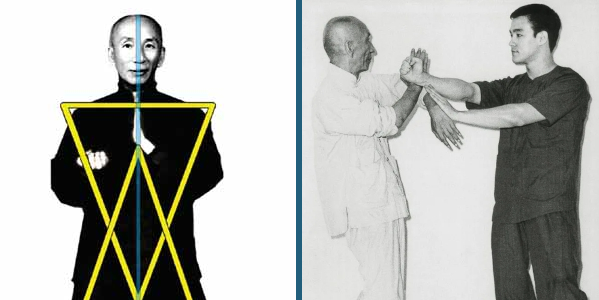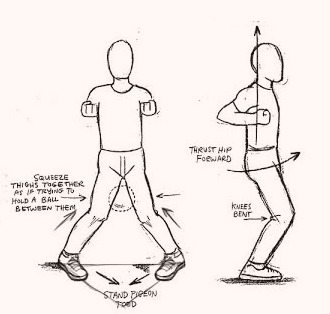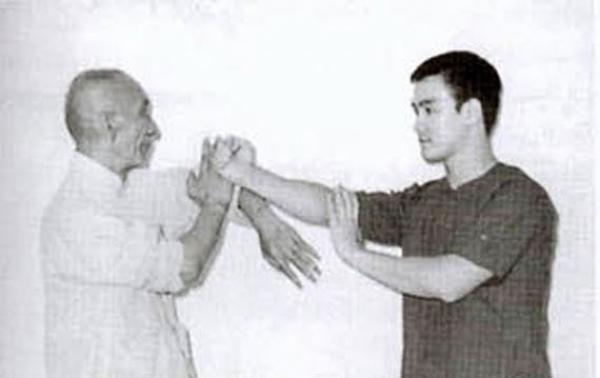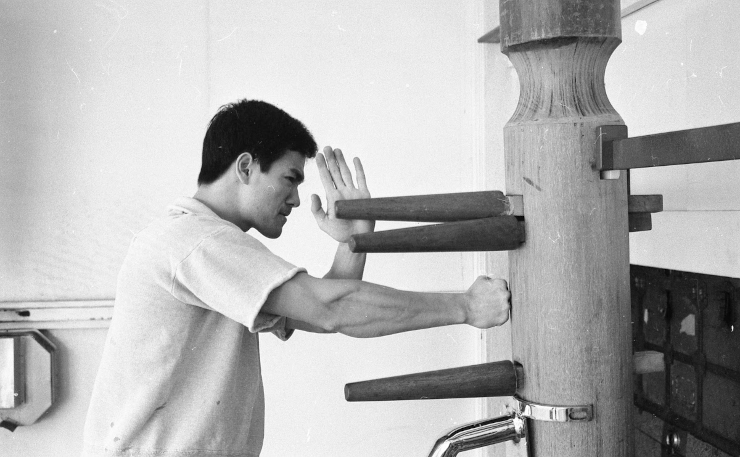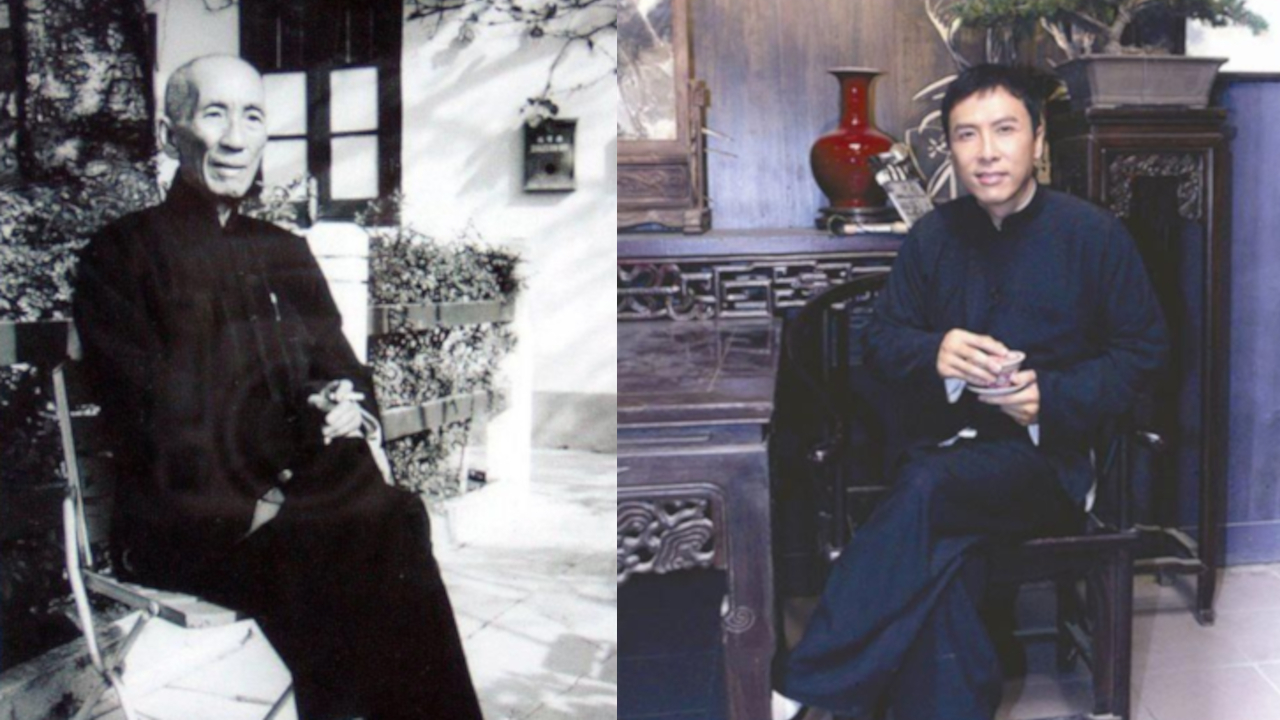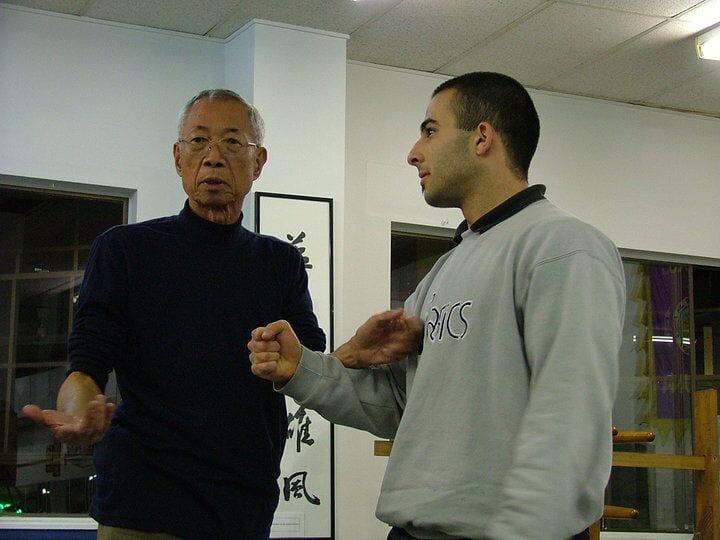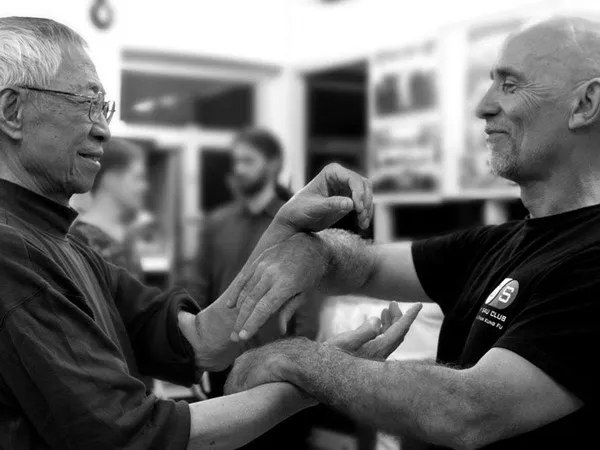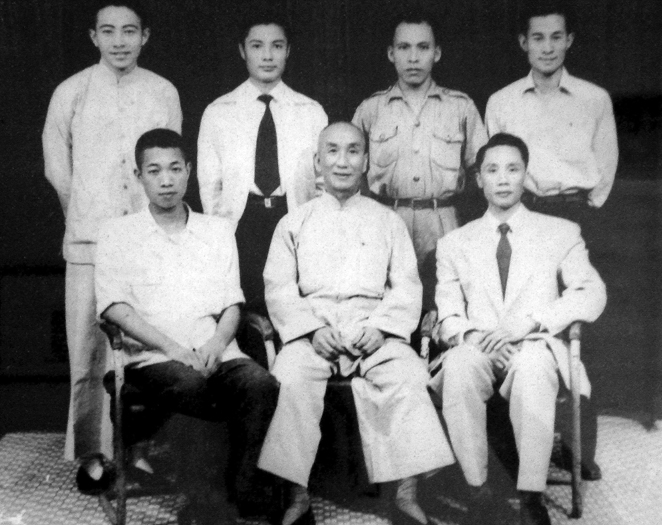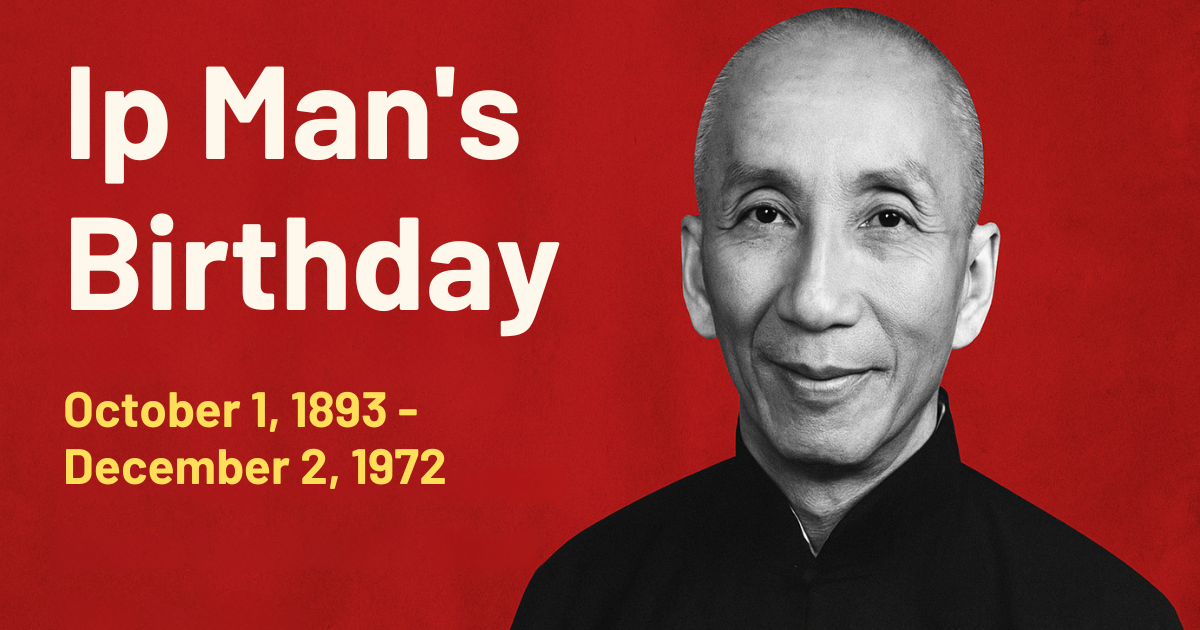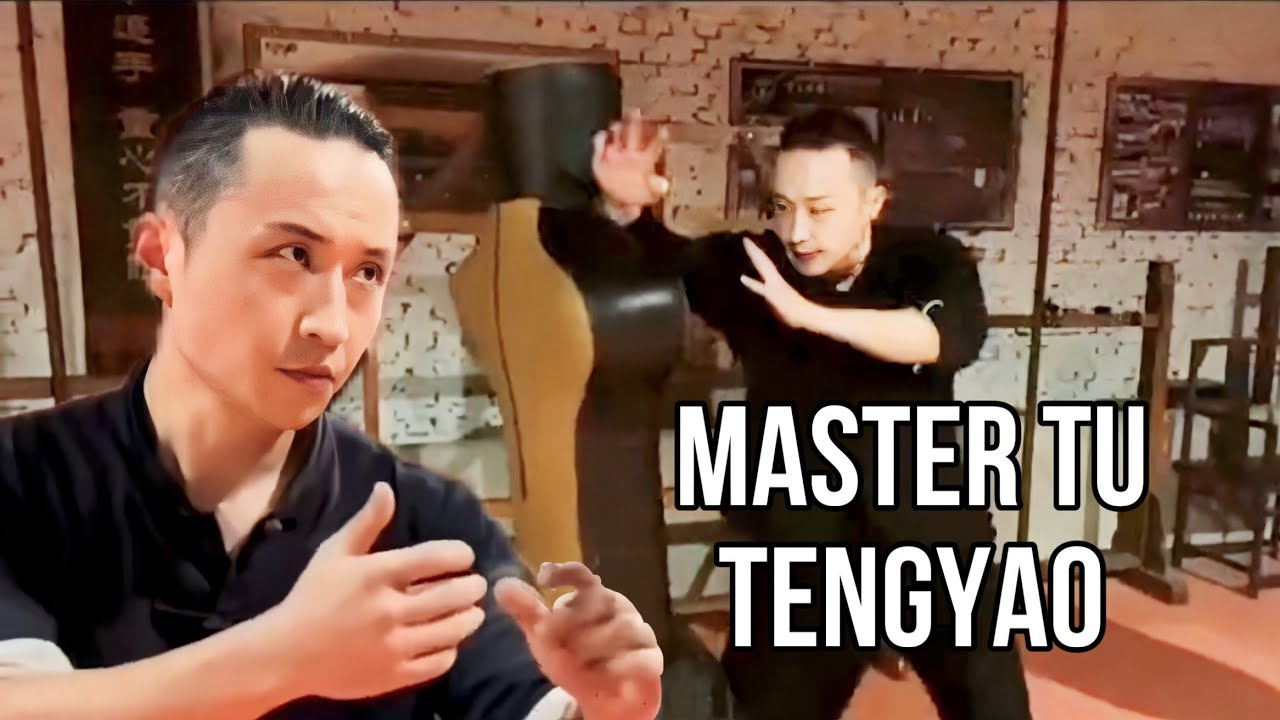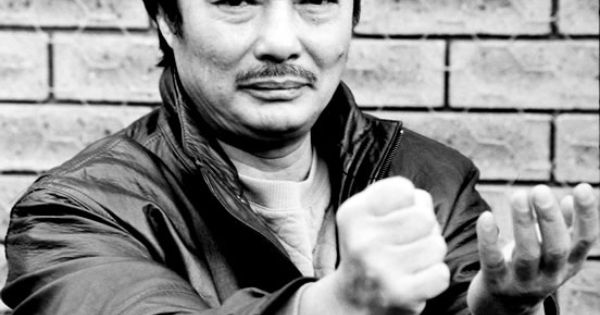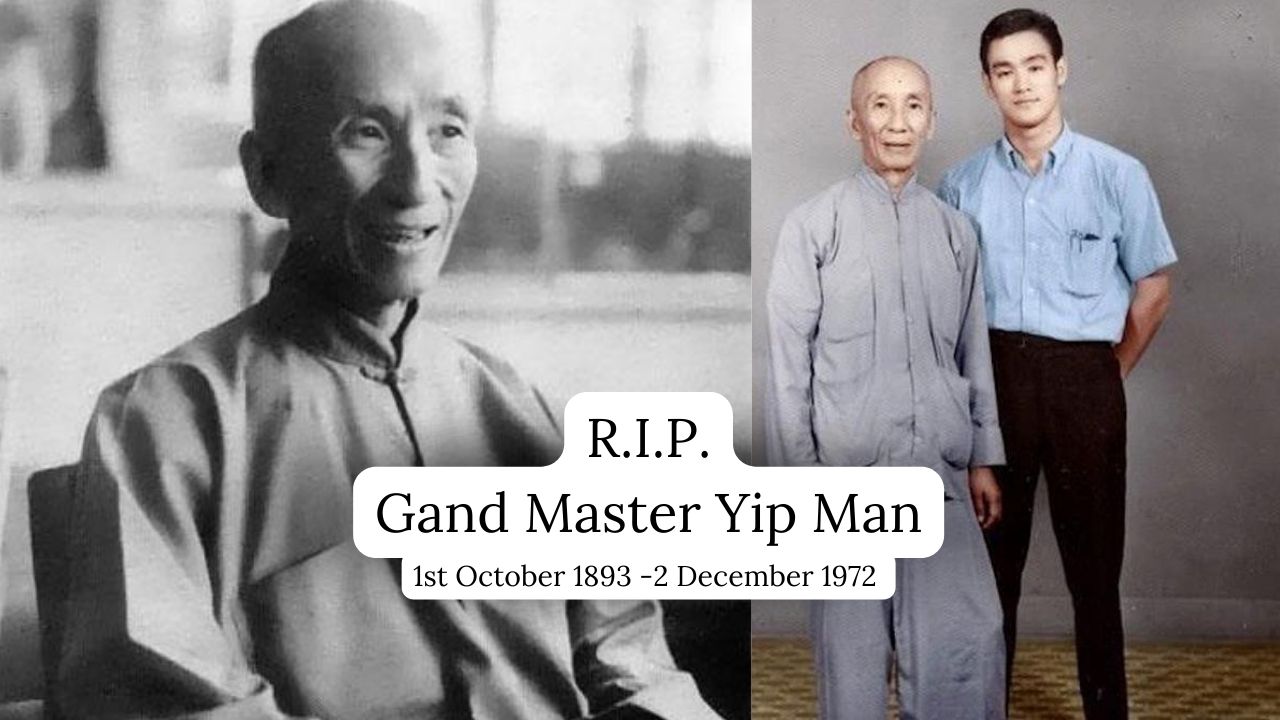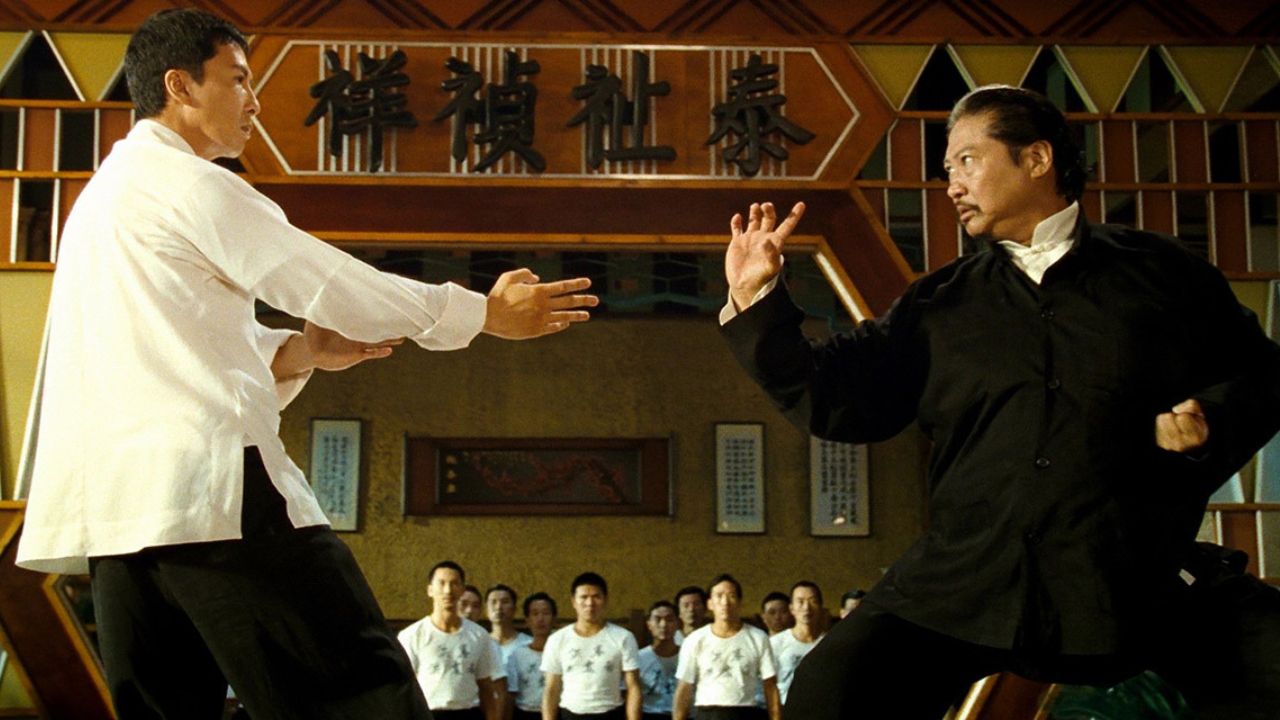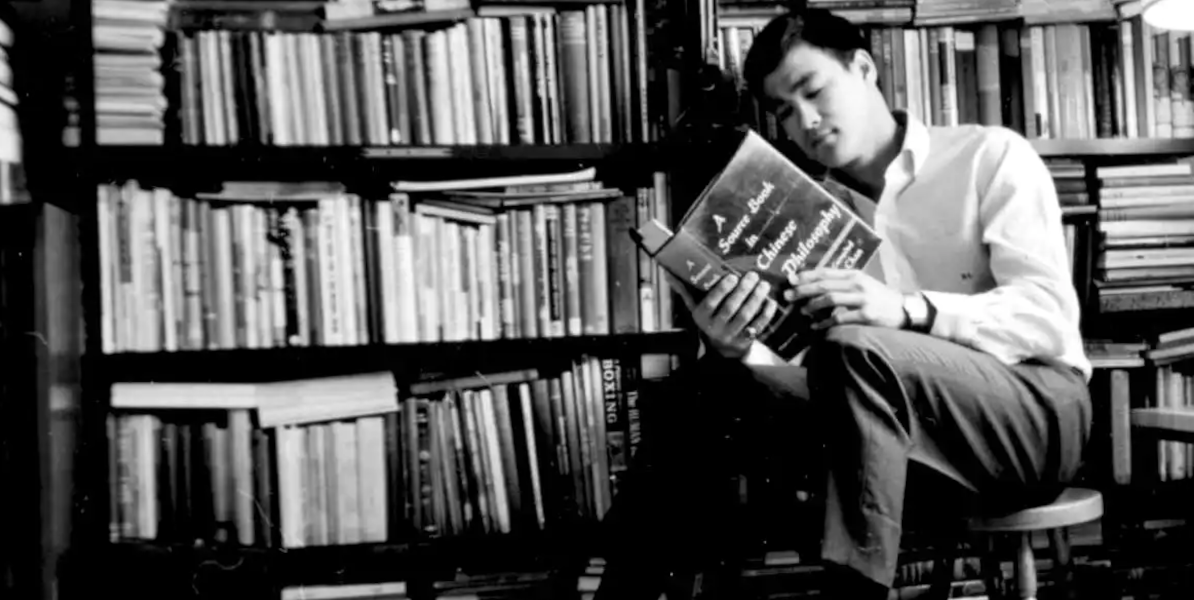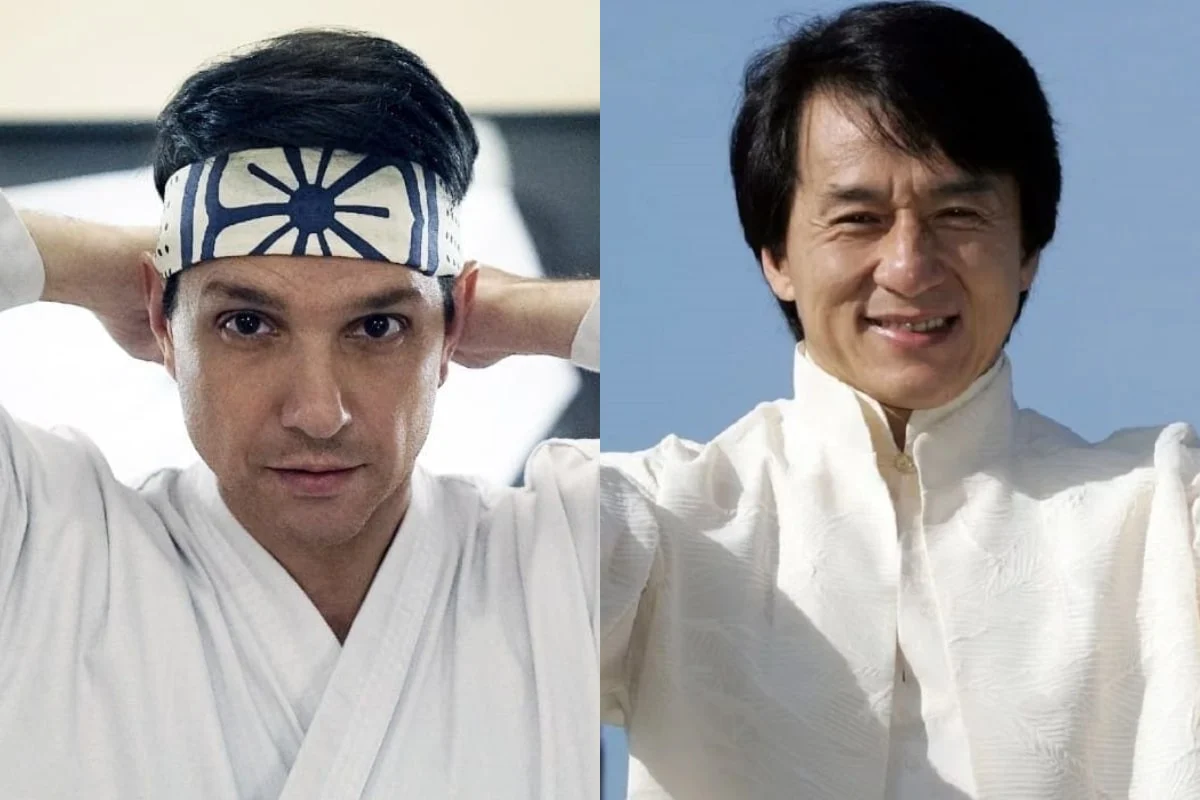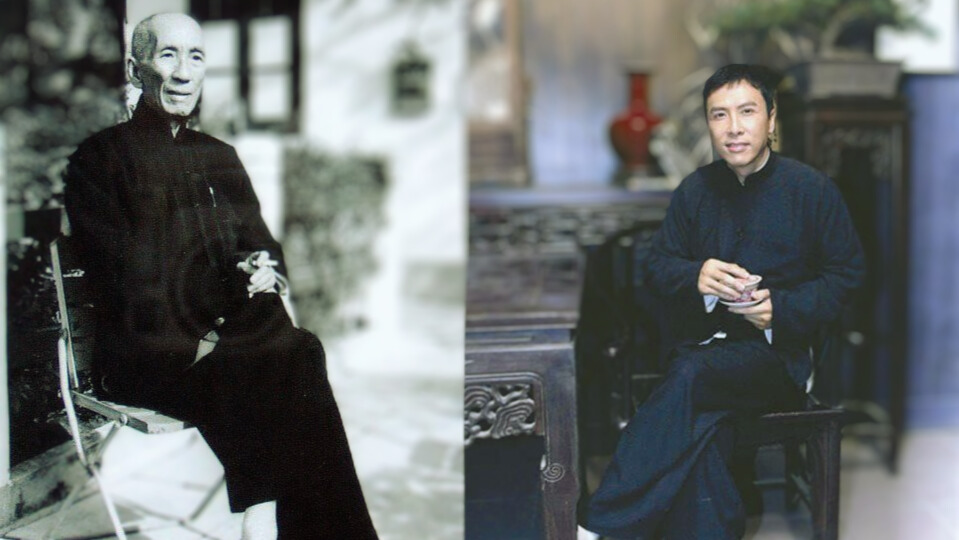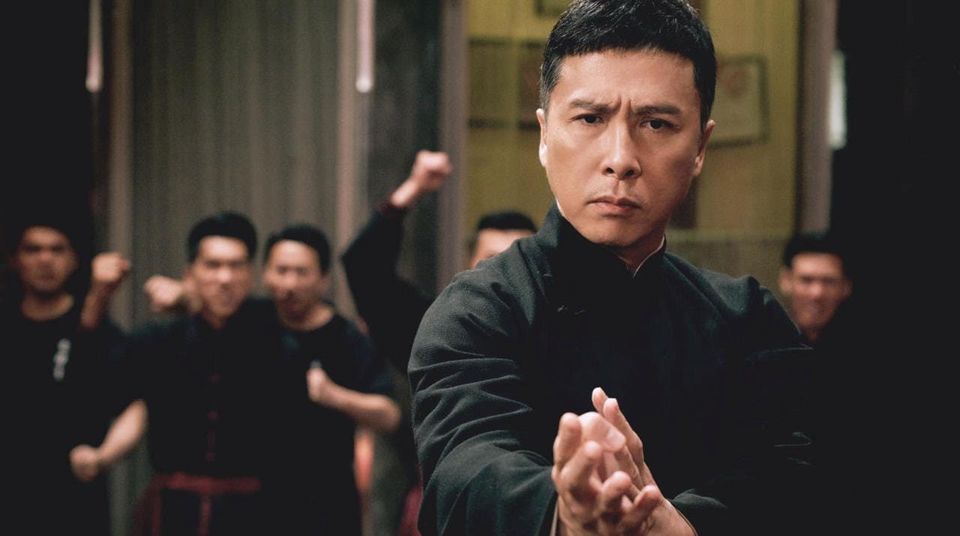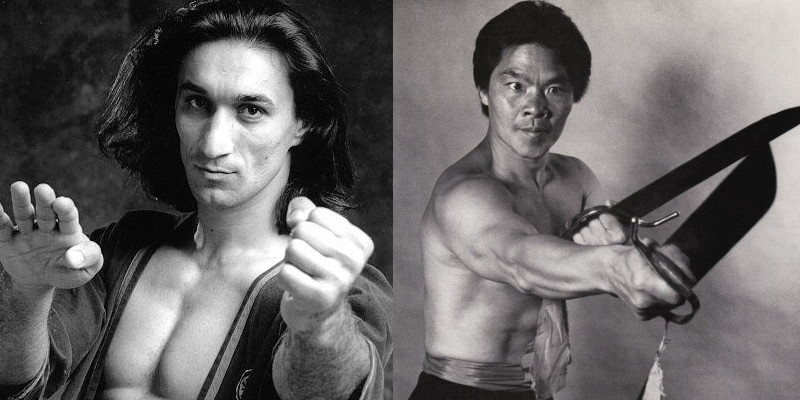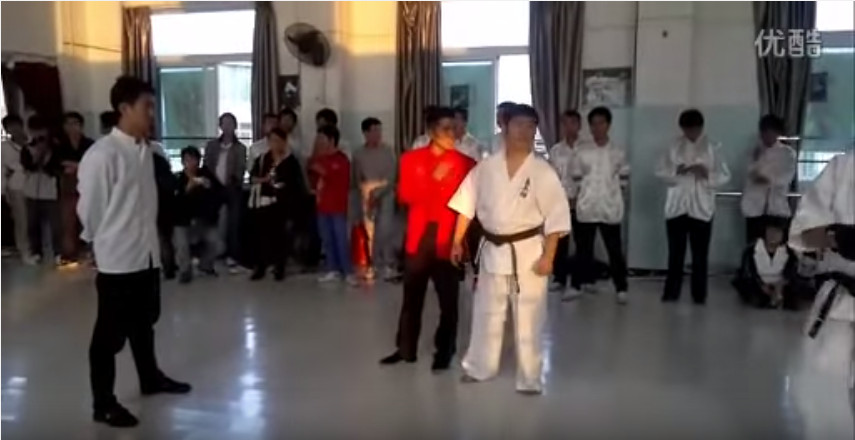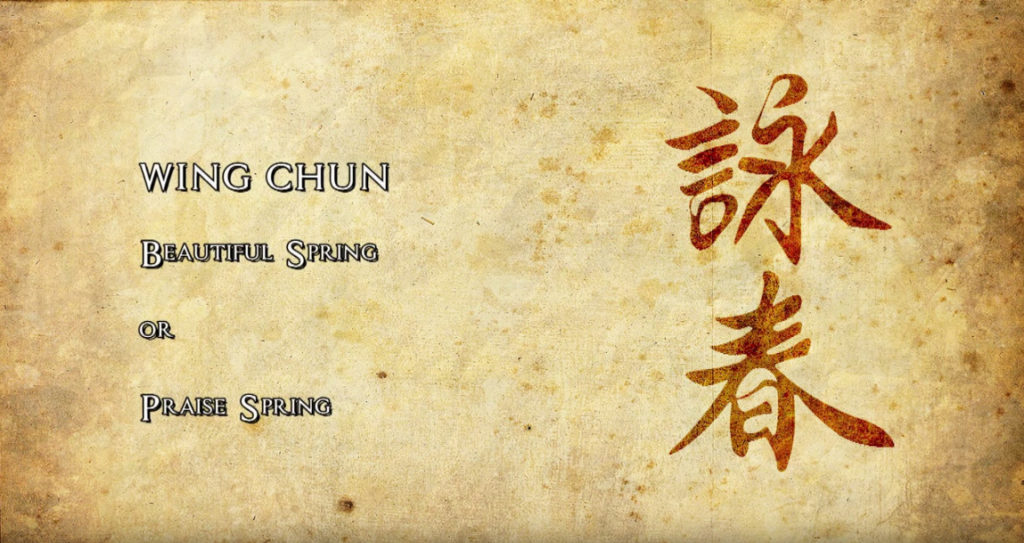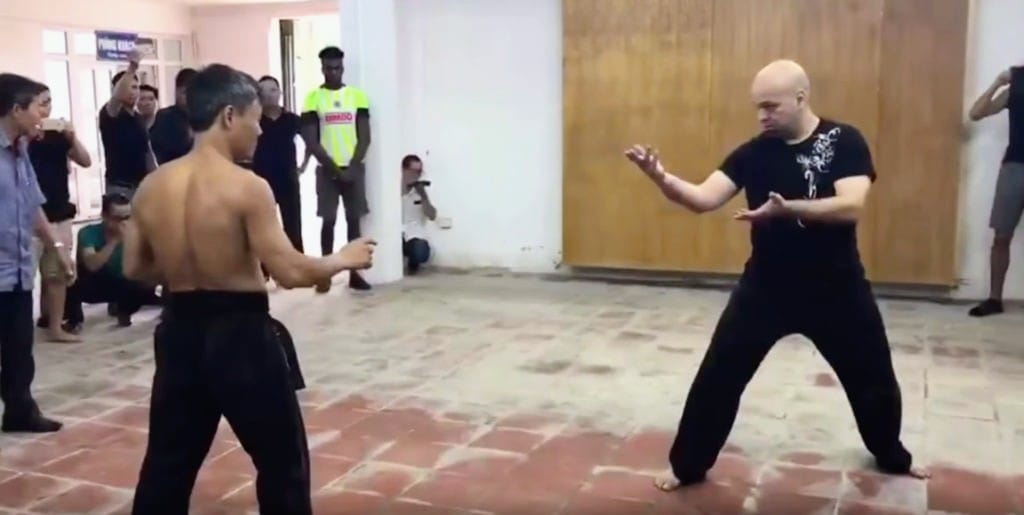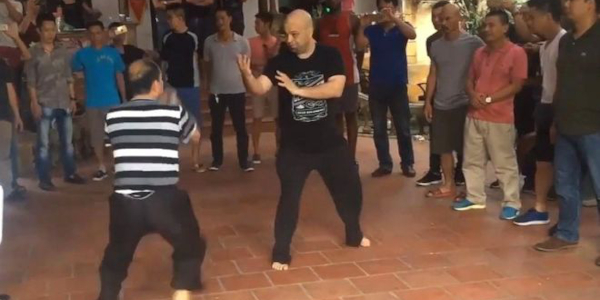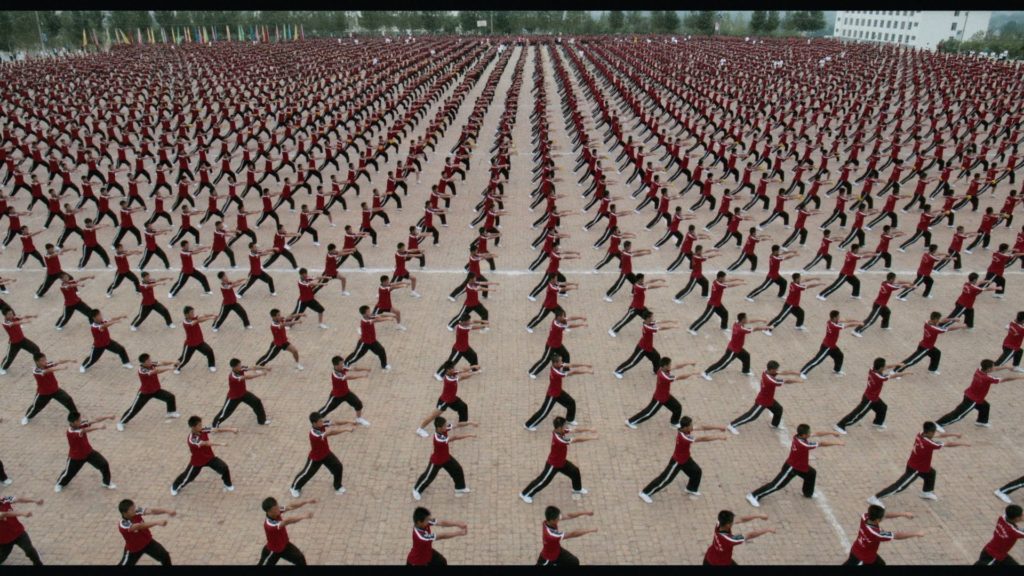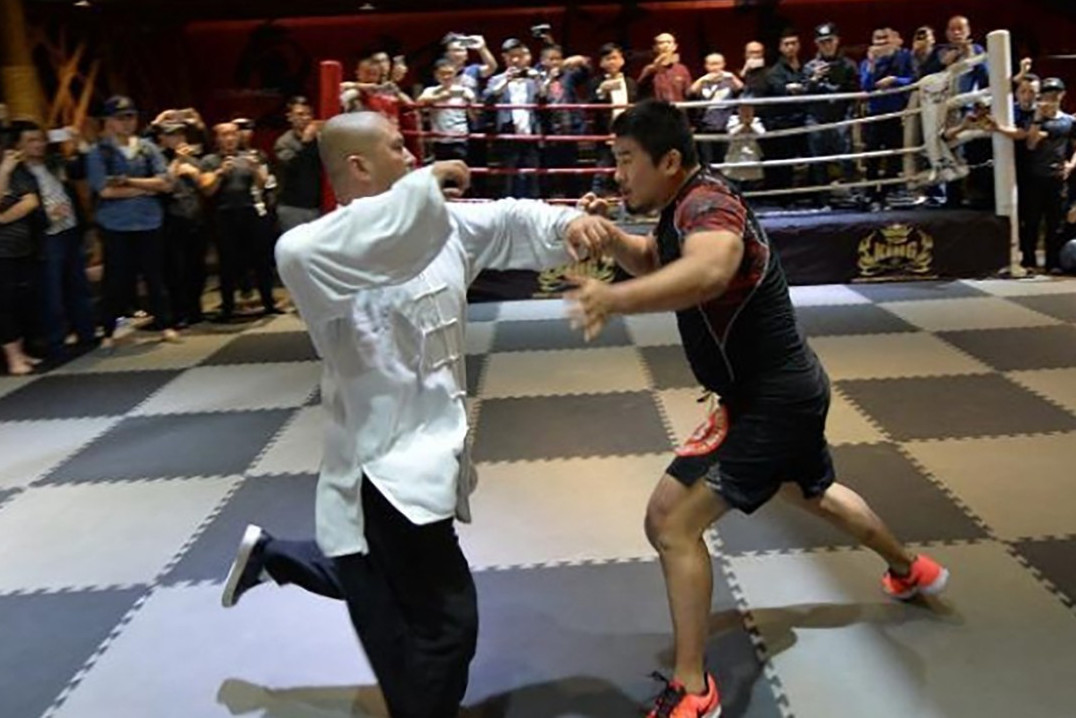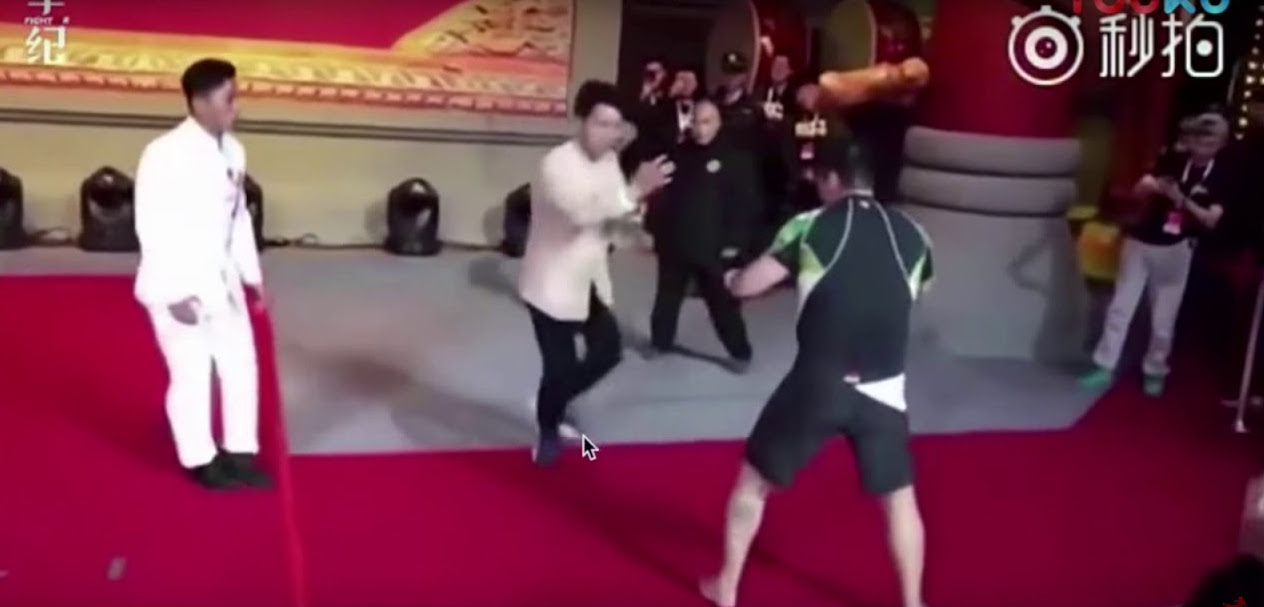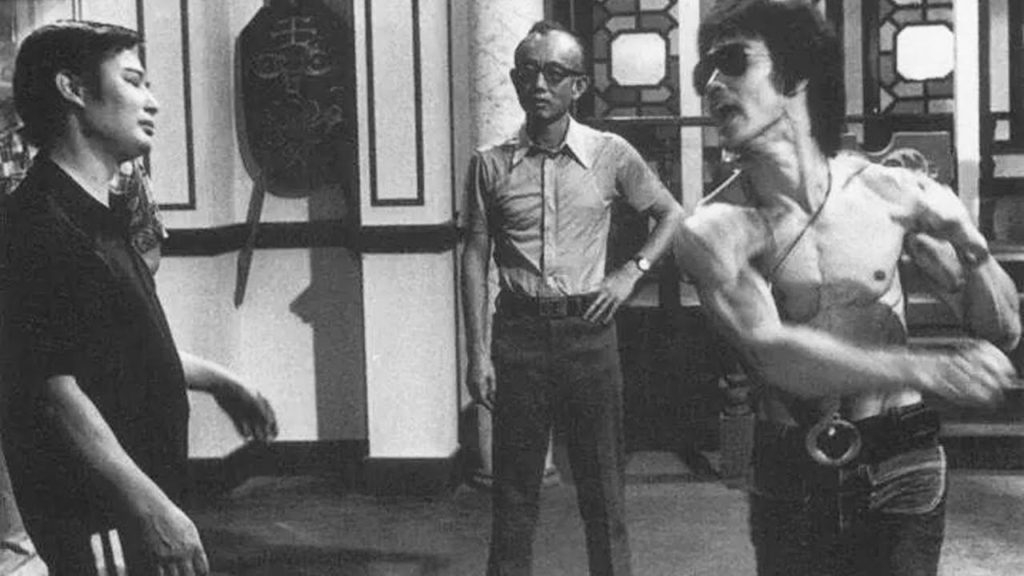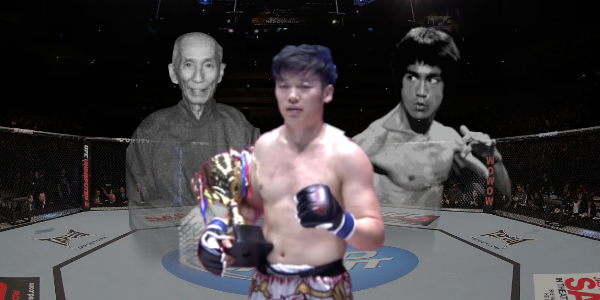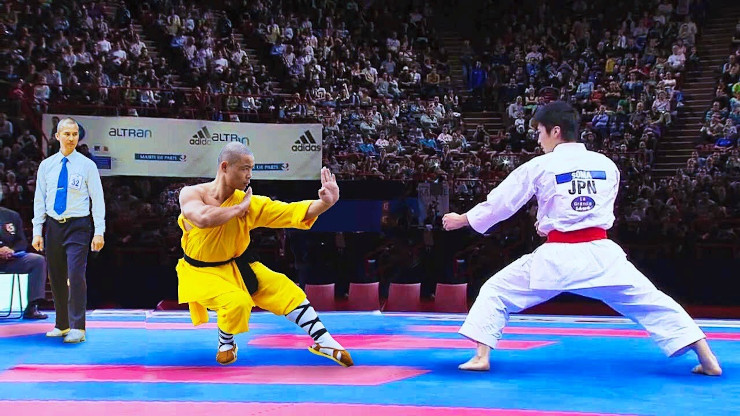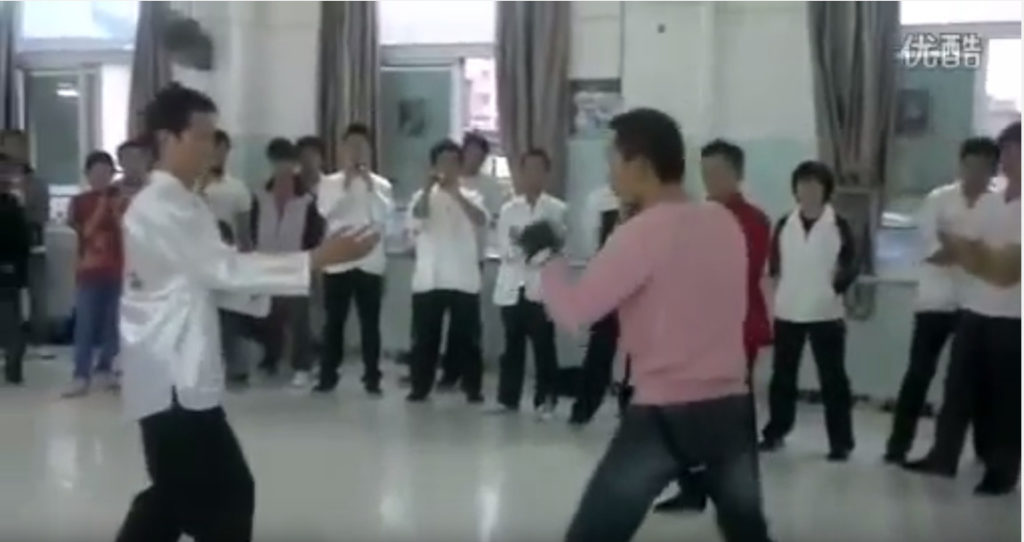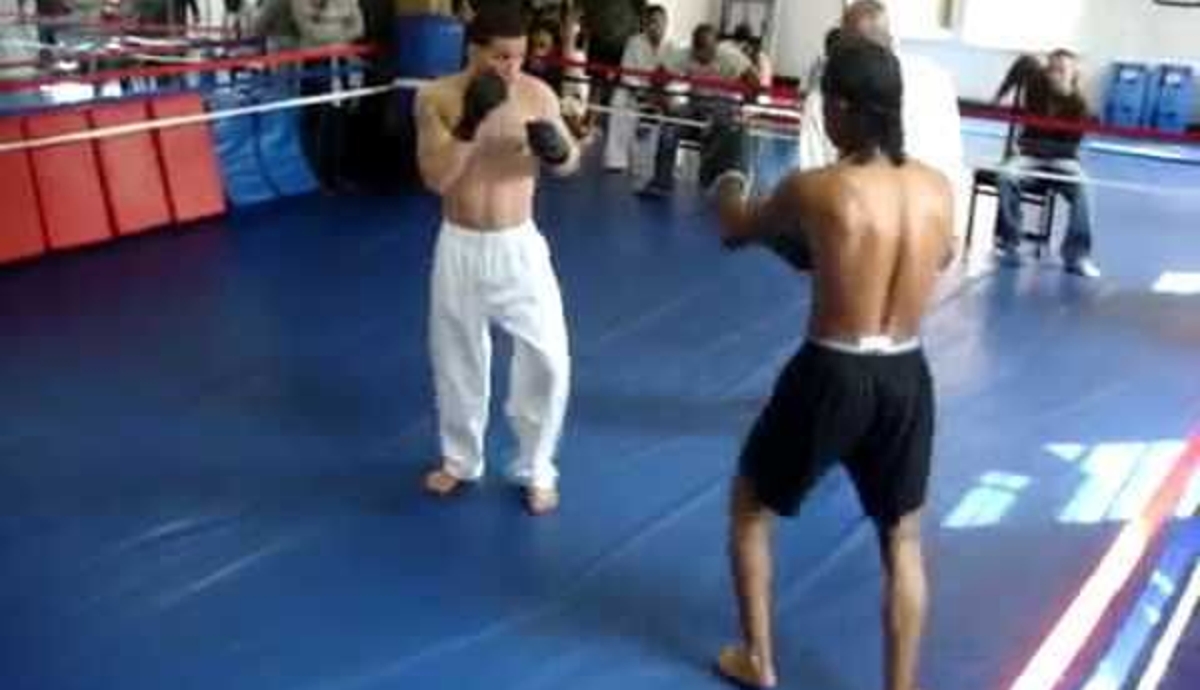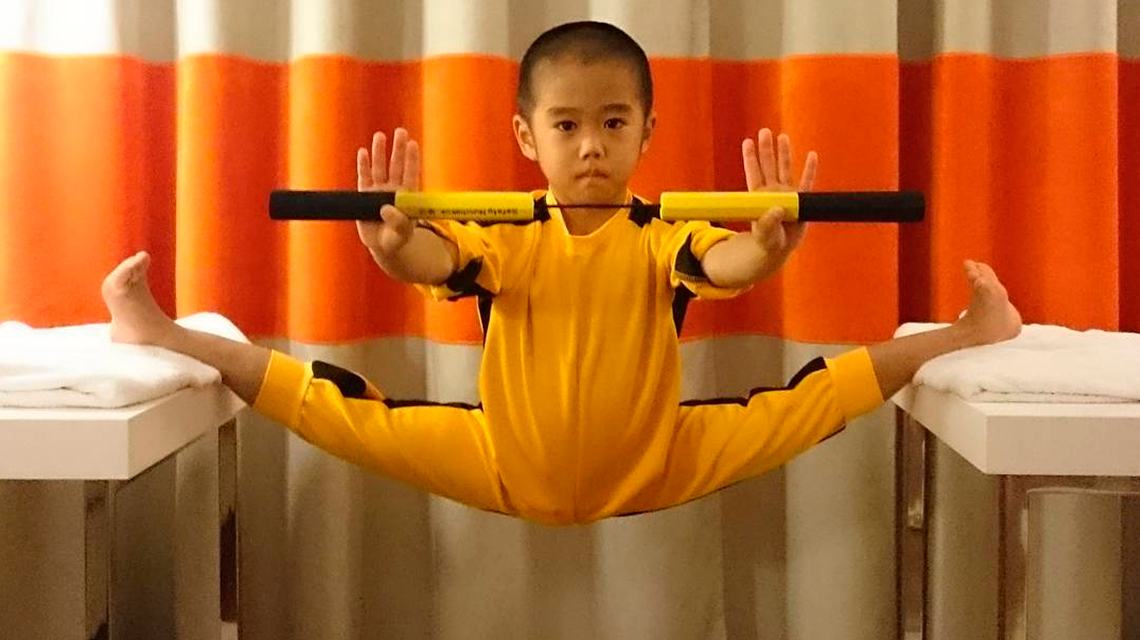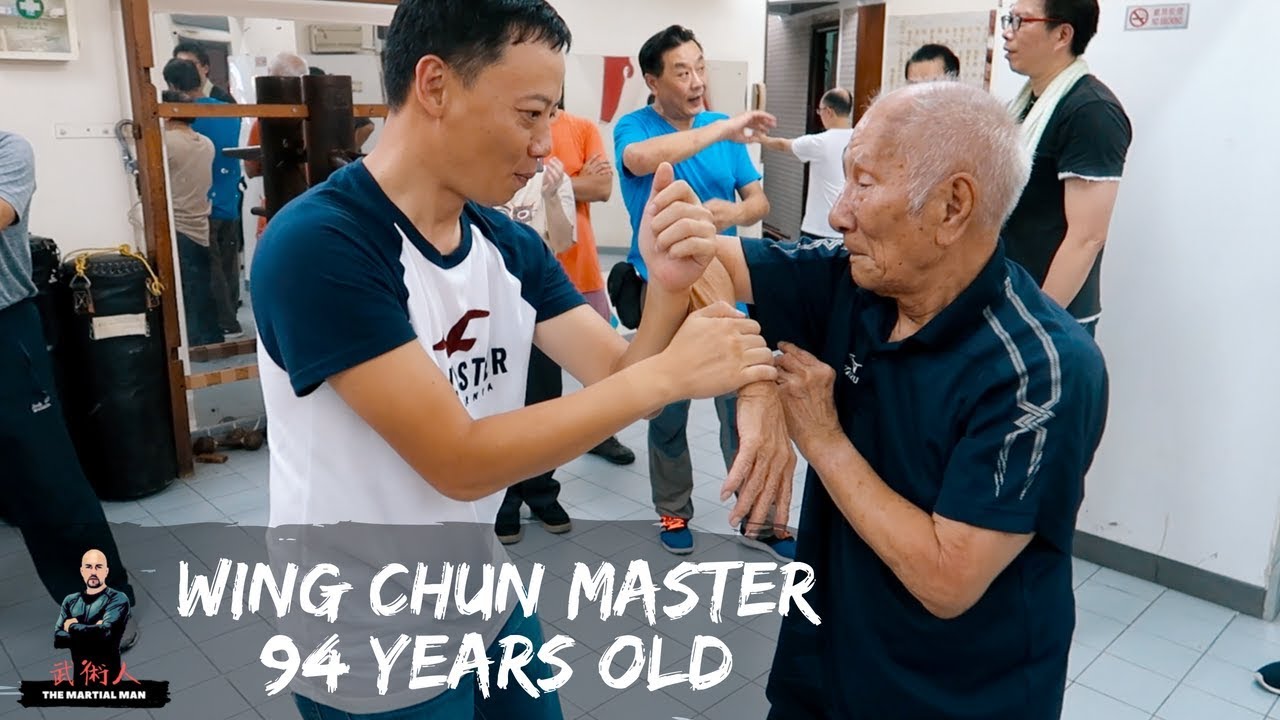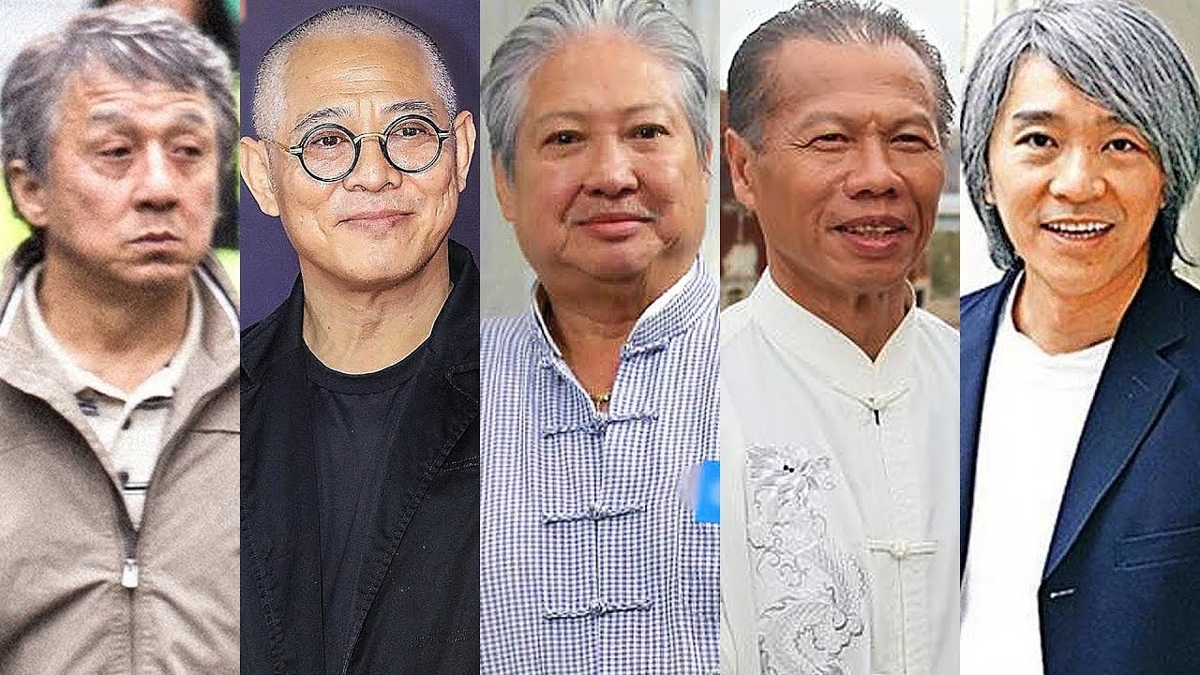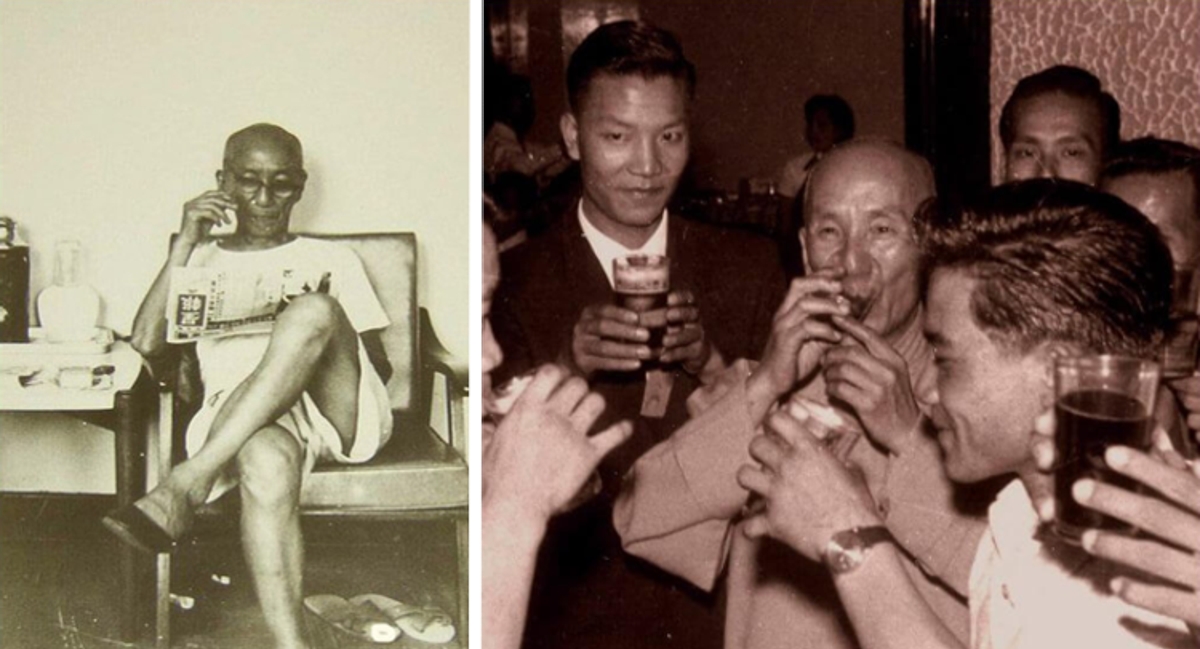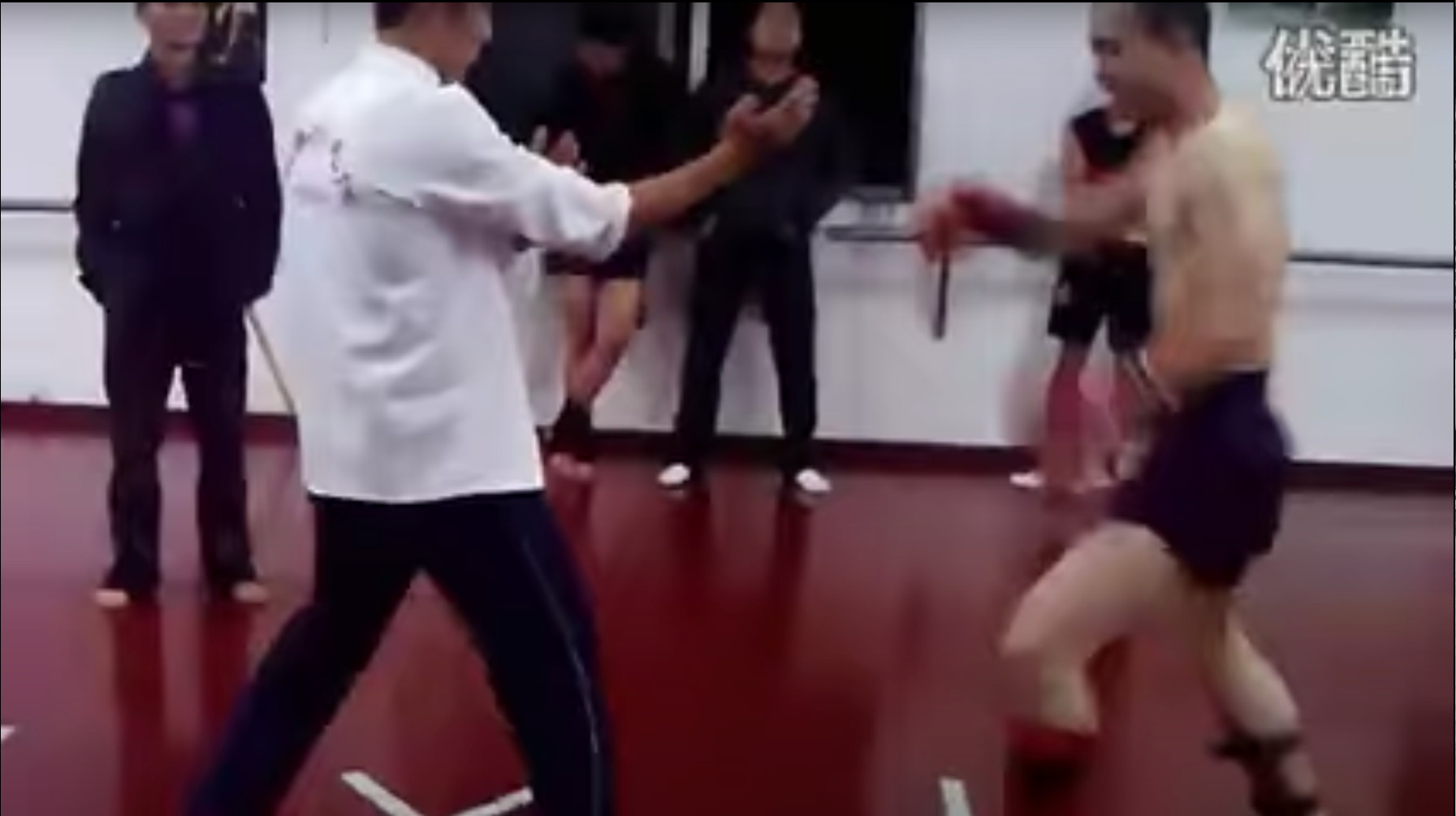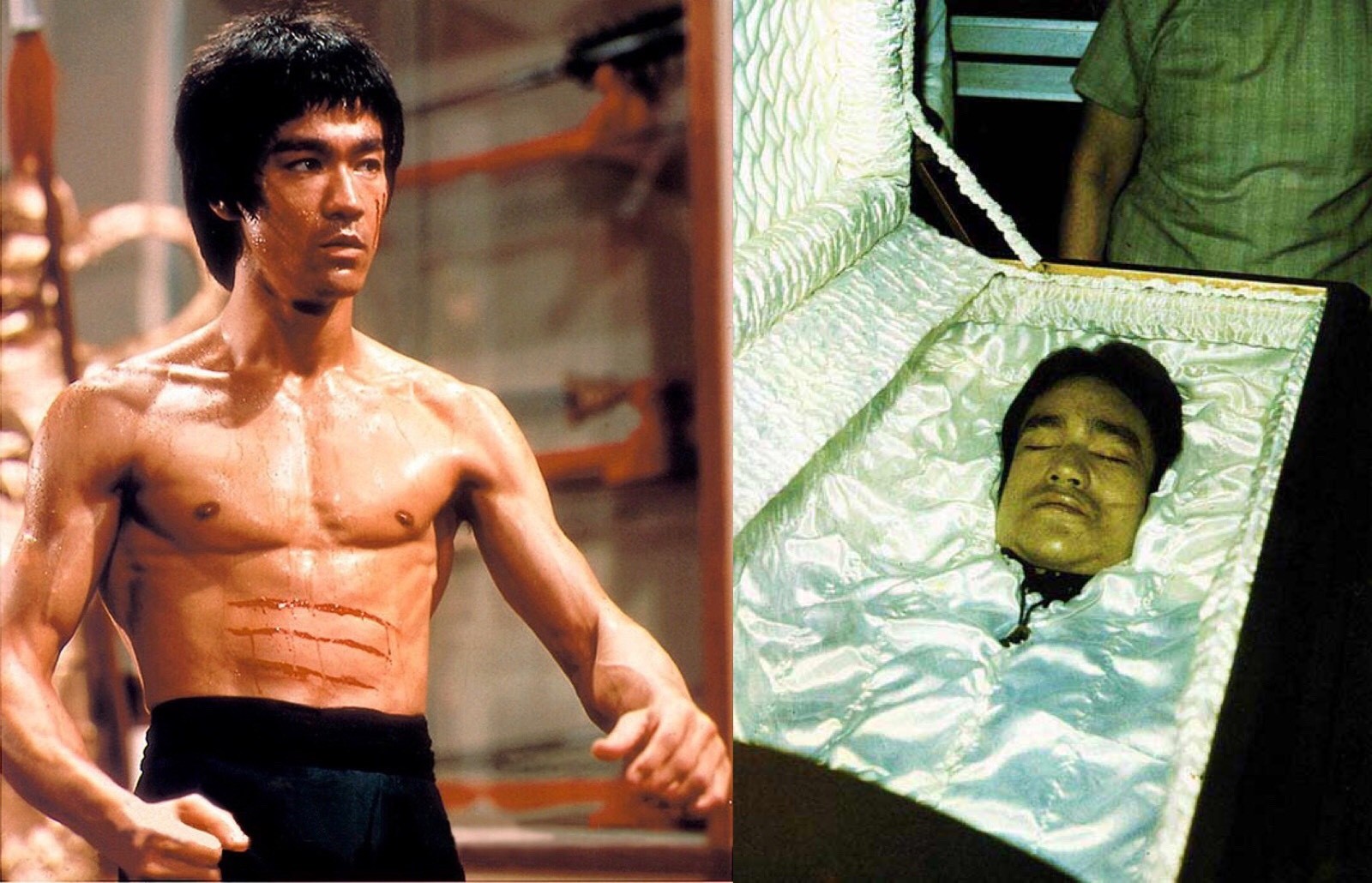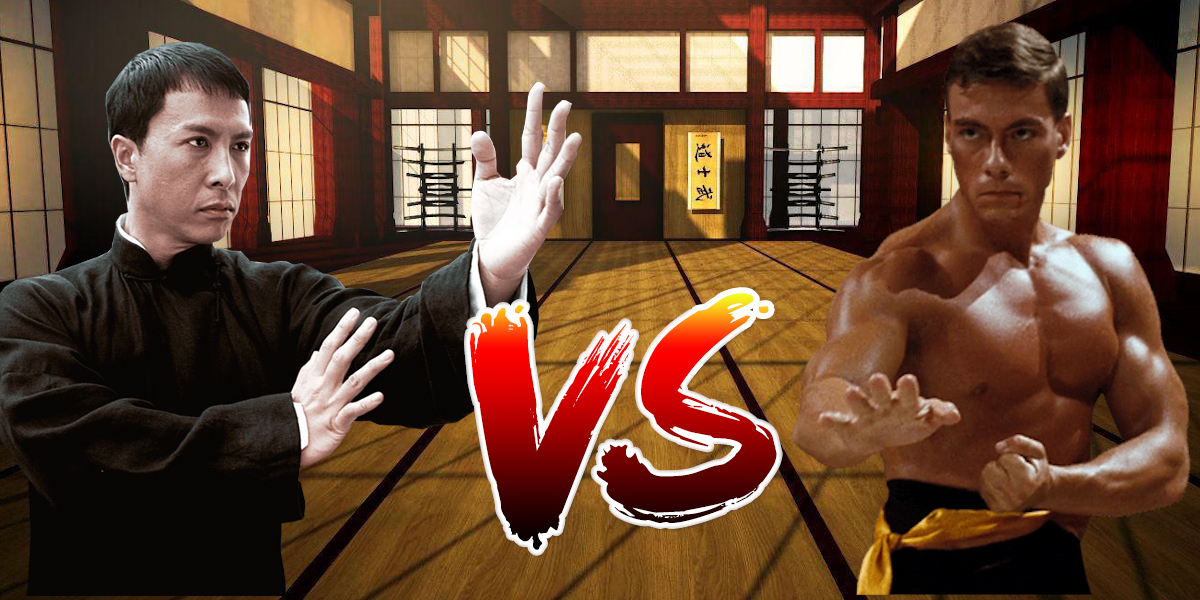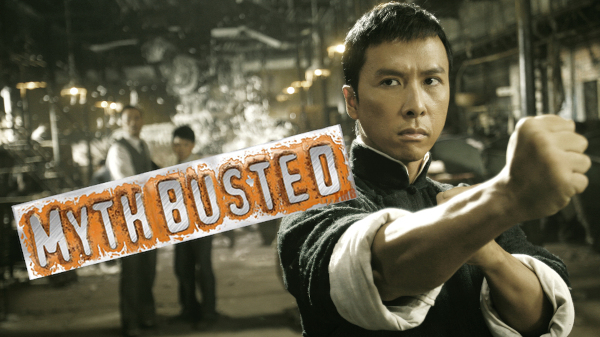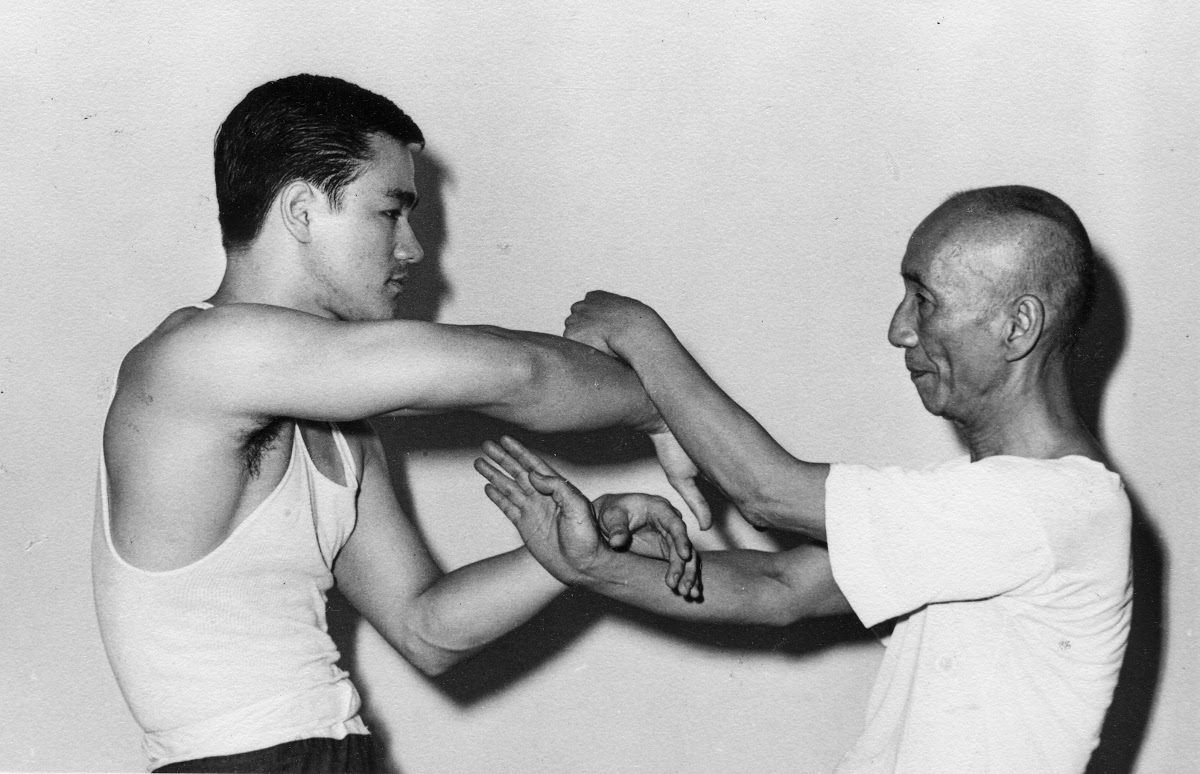Siu Lim Tao: The Foundation of Wing Chun and Its Significance in Your Training
Reading time: 7 minutes
Wing Chun, a renowned Chinese martial art, is celebrated for its effectiveness, efficiency, and practicality. At the heart of Wing Chun lies Siu Lim Tao (also spelled Sil Lim Tao or Siu Nim Tao), the first and most fundamental form. This article will explore the significance of Siu Lim Tao in your training and how mastering this foundational form can elevate your martial arts journey.
What is Siu Lim Tao?
Siu Lim Tao, which translates to "Little Idea" or "Little Imagination," is the first form taught in Wing Chun. It serves as the foundation for understanding the basic principles, techniques, and movements that are integral to martial art. Siu Lim Tao is unique in its simplicity and focus on stance, structure, and economy of motion.
The Three Sections of Siu Lim Tao
Siu Lim Tao consists of three distinct sections, each with its purpose and focus:
First Section
The Foundation The first section emphasizes building a strong foundation through proper stance and structure. It includes the opening stance (Yee Gee Kim Yeung Ma) and introduces the centerline concept. The primary techniques taught in this section are the Tan Sao, Fak Sao, and Wu Sao.
Second Section

Building Bridges The second section focuses on bridging techniques, which involve extending your arms and engaging with your opponent. Key techniques in this section include Bong Sao, Pak Sao, and the iconic Wing Chun chain punches (Lien Wan Kuen).
Third Section
Developing Power and Speed The third section teaches you to generate power and speed in your movements. It introduces techniques such as Huen Sao, Jut Sao, and Biu Sao, which help you develop explosive power, sensitivity, and reflexes.
The Significance of Siu Lim Tao in Your Training
Establishing a Strong Foundation: Siu Lim Tao ingrains the essential principles of Wing Chun in practitioners, ensuring they develop a strong base for learning advanced techniques. The focus on structure and stance helps improve balance, stability, and body mechanics.
Cultivating Mindfulness and Discipline: Siu Lim Tao is often referred to as a moving meditation. Its slow, deliberate movements encourage practitioners to develop mental focus, awareness, and discipline – essential attributes for any martial artist.
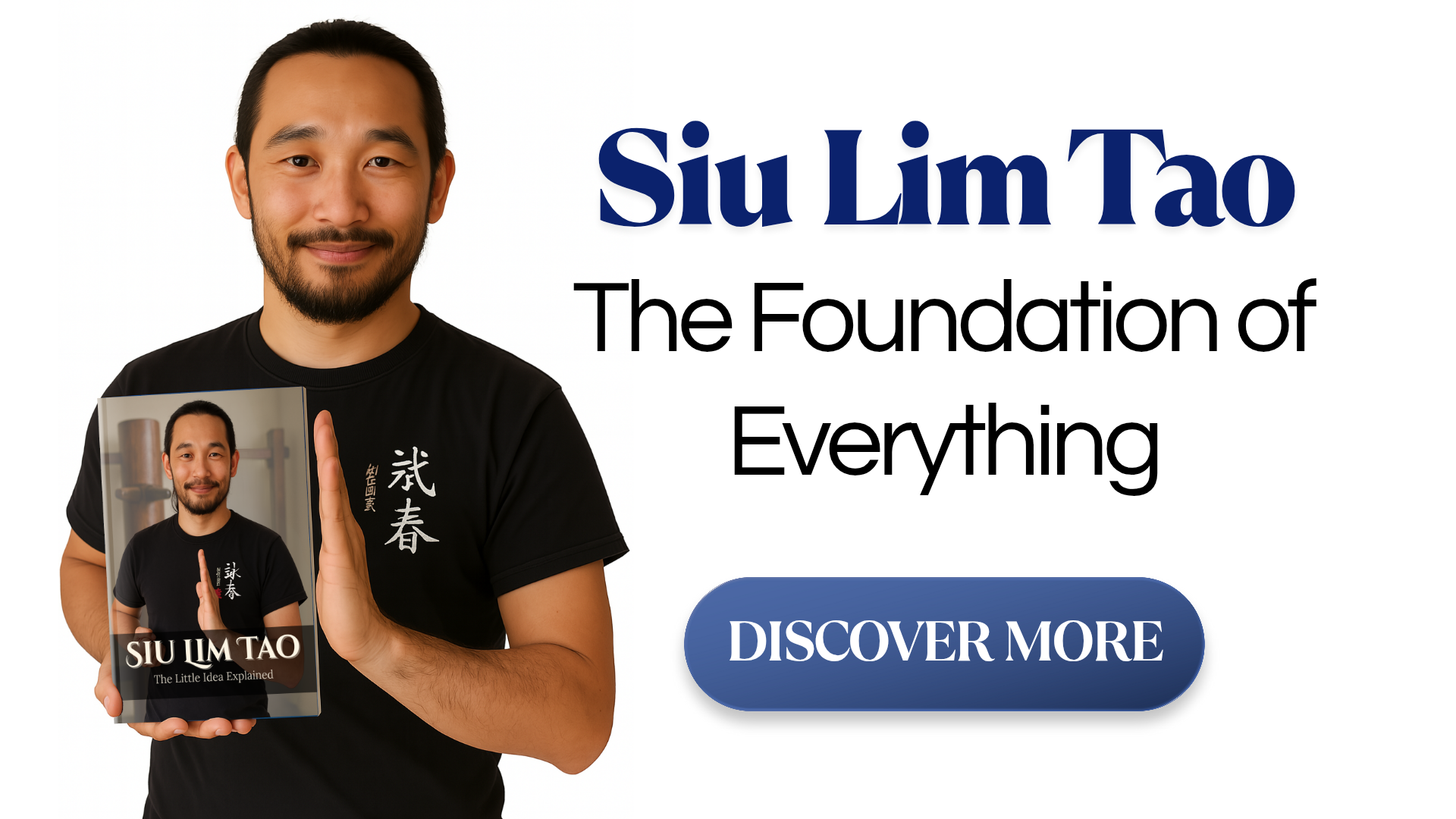
Building a Solid Defense: The techniques taught in Siu Lim Tao form the basis for Wing Chun's highly effective defense system. By mastering this form, you'll learn how to protect your centerline, maintain a strong structure, and use deflections to neutralize attacks.
Enhancing Efficiency and Economy of Motion: Siu Lim Tao trains practitioners to use the shortest and most direct path to their target. The form's emphasis on the economy of motion helps eliminate unnecessary movements, making your techniques faster, more efficient, and more powerful.
Preparing for Advanced Techniques: Siu Lim Tao lays the groundwork for mastering the subsequent forms of Wing Chun – Chum Kiu and Biu Jee
Chu Shong Tin - Yip Man's best Siu Lim Tau Student
Chu Shong Tin, also known as the "King of Siu Lim Tao," was a highly respected and influential figure in the world of Wing Chun. As one of the early students of the legendary Grandmaster Ip Man, Chu Shong Tin played a pivotal role in the development and understanding of Siu Lim Tao.
Chu Shong Tin's approach to Siu Lim Tao focused on the concept of "Nim Lik" or "Mind Force," which emphasizes the importance of relaxing the body and using mental focus to generate power. Through his teachings, Chu Shong Tin demonstrated that by mastering the principles of Nim Lik, practitioners could generate incredible power in their techniques, even when executing them slowly.
His unique insights into the first form of Wing Chun brought a deeper understanding of Siu Lim Tao, highlighting its significance in developing a strong foundation for martial art. Chu Shong Tin's teachings have since been adopted by countless practitioners around the world, and his influence continues to shape the way Siu Lim Tao is practiced and taught today.
By studying Chu Shong Tin's approach to Siu Lim Tao, you'll gain invaluable insights into the core principles of Wing Chun, unlocking the potential for powerful and efficient techniques. So, as you delve into Siu Lim Tao, remember the wisdom and teachings of Chu Shong Tin, and let his mastery guide your journey toward becoming a skilled Wing Chun practitioner.
Discover Chu Shong Tin's Siu Lim Tao Form: Exclusive Online Course Available Now!
Are you ready to experience the revolutionary teachings of the "King of Siu Lim Tao" himself? We're thrilled to offer an exclusive online course that delves into Chu Shong Tin's unique approach to Siu Lim Tao. This course provides you with a rare opportunity to study and master the techniques and principles that have shaped modern Wing Chun practice.

By enrolling in our Chu Shong Tin's Siu Lim Tao form course, you'll gain access to in-depth lessons, expert demonstrations, and insightful explanations that unveil the intricacies of Nim Lik and the essence of Chu Shong Tin's teachings. Our dedicated instructors will guide you through each step of the form, ensuring that you grasp the key concepts and develop a solid foundation in the art of Wing Chun.
Don't miss this chance to immerse yourself in the legacy of Chu Shong Tin and elevate your Siu Lim Tao practice. Click the link below to sign up for our exclusive online course and begin your journey into the heart of Wing Chun today!
Siu Lim Tau Online Lessons Here
In conclusion, Siu Lim Tao is the cornerstone of Wing Chun and a vital component in any practitioner's journey. As the foundation upon which all other techniques and forms are built, it provides invaluable lessons in balance, precision, and mindfulness. By diligently practicing Siu Lim Tao, you'll not only develop essential skills for Wing Chun but also cultivate discipline and patience that can be applied to many aspects of your life.

So, take the time to immerse yourself in this powerful and introspective form, and watch as your martial arts prowess and personal growth flourish. Remember, the journey of a thousand miles begins with a single step – or in this case, a single punch!
Thank you. Your comment will be approved shortly.
Comments
Thank you. Your comment will be approved shortly.
Thank you. Your comment will be approved shortly.
Thank you. Your comment will be approved shortly.
Thank you. Your comment will be approved shortly.
Thank you. Your comment will be approved shortly.


